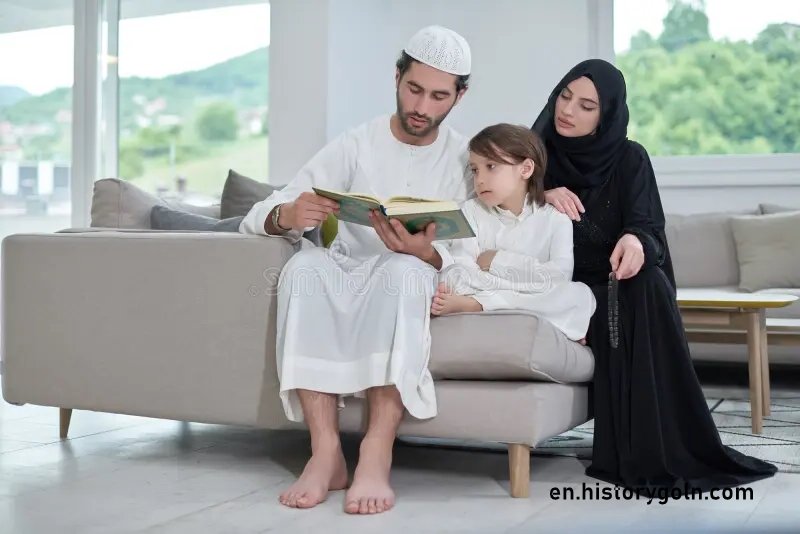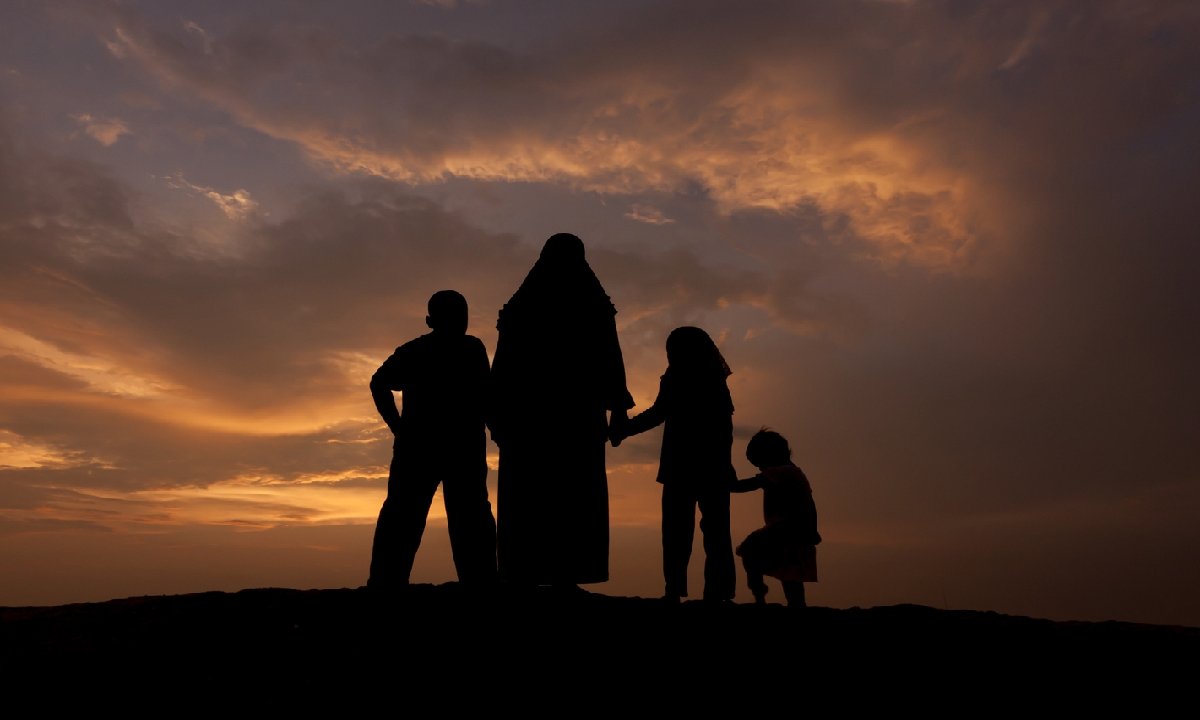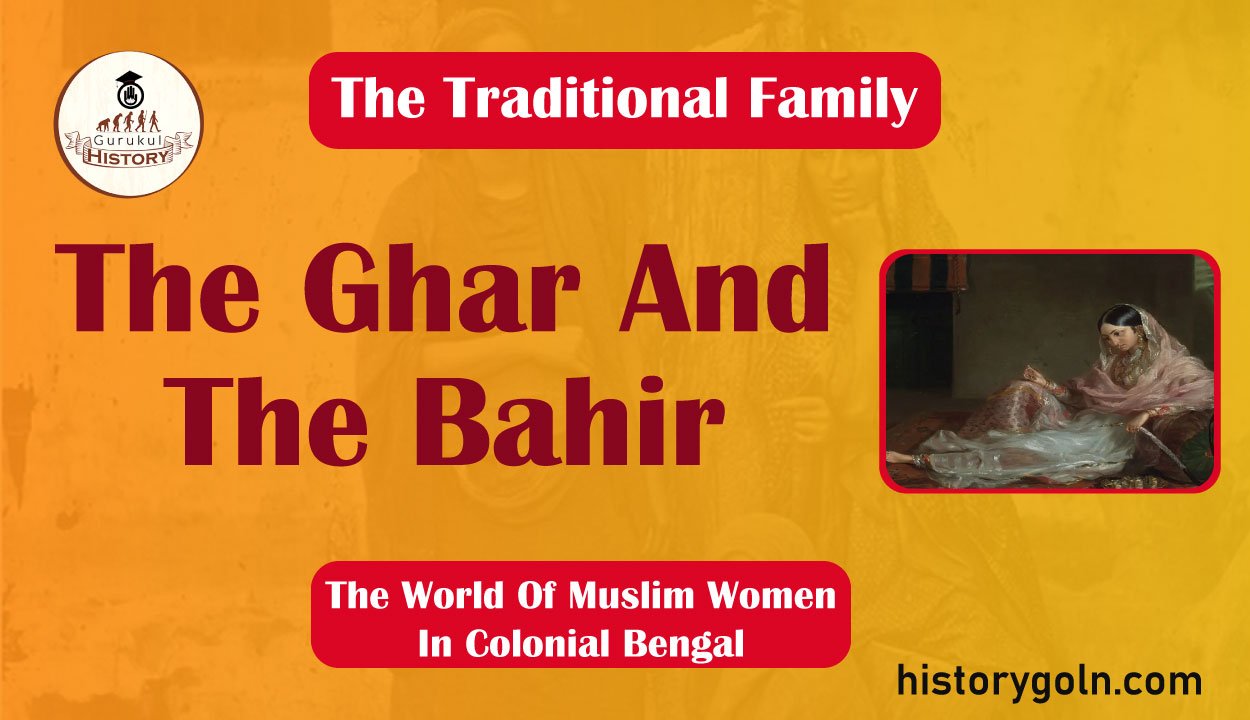Today our topic of discussion is The Ghar And The Bahir .
The Ghar And The Bahir

The separation of the public and private spheres of the was expressed aptly in the Bengali dichotomy of ghar and bahir. Where the andar barbi /bahir barhi or andarmahal/sadarmahal denoted physical places of abode. the ghar/bahir was a set of concepts denoting the sphere of women the home, and the sphere of men, the world.
The concept of ghar (andar) and bahir continued well into the 20th century. Writers male and female, testify to this. The highly popular social novels of the time e.g., Abdullah, Anwara, Zobeda, Goriber Meye (not to mention the Urdu novels that were also popu- lar fare in may homes at the time), were written against this background.
Ibrahim Khan in his autobiography, painted a picture of social and familial life of Muslim society in transition from the turn to the middle of the twentieth century. His accounts of early childhood set amidst a semirural environment clearly depict the rotation of life around an andar-bahir axis.
However, all the important female personalities we are here concerned with had to cross this andar-bahir boundary several times in their life. The life of Nawab Faizunnessa Chaudhurani, the author of Rupjalal, was an extraordinary transcenscion of the boundary set down by this separation.
The unusual and gifted lady separated from her husband, returned to her ancestral home in Pashchimgaon (near Comilla), and it was during this. phase that she lived a life, very unusual for a Muslim lady of her time.
“After breakfast she would go to the estate office, where she would first dispense with the musafir-khana (guest house) accounts and then take up the estate records.”76 All this would of course be conducted behind a screen or purdah in keeping with the custom of female seclusion: After disposing off with the various officials Faizunnessa would return to the andar.
Here she would bathe in the private pond surrounded by walls. After lunch, a brief rest, and some more office work, she would retire to the privacy of her very own ‘Faizun library”. The remainder of the day would be devoted to prayer. 77
One is here presented with the picture of a woman who had the right to make the daily transition from andar to the bahir, traversing everyday the private and the public domains.
The woman who apparently transcended the andar, did not really have to operate within the conventional framework of the patriarchal family. It is essential here to remember that, firstly, Faizunnessa belonged to the elite and, secondly, she had no family, so to speak, when she took over the management of her inherited estates.
Ideally man had suzerainty over the public world and women over the private. But as happens in all patriarchal societies, man was the ultimate master in his castle as well. Shaista, however, felt that women enjoyed considerable power: Actually women in Muslim households invariably had great influence and a much greater say in household affairs than their menfolk.
The fact that they observed purdah did not mean they were non- entities, though I know this is the general impression in the west, 78 and like many other impressions, it is an erroneous one.”
This was Shaista’s conclusion of power in the Muslim household as she had observed it. Other commentators would disagree. For instance, Urquhart stated: “It is often said that behind the parda the power of woman is supreme.
But this in so far as it is true, applies chiefly to women who happen to be heads of households.”79 The author added that in a large family there would be a few who experienced power and several who might never experience any at all. The power of a wife would be restricted to control over children and perhaps a certain influence over the husband.
In this regard, responses of women interviewees (born approximately around 1915-25) varied somewhat, but most seemed to concur that their mothers and grandmothers led happy lives though actual power resided with the men of the household.
Although the overlord sometimes abided by the mistress’s decisions cheerfully or grudgingly, he could in the end override all of them. In fact the happiness stemmed partly from an accep- tance of the ideology of male supremacy in all spheres. An interviewee said: “Mother had no decision making power.

Father was the all in all. But one thing my mother insisted on and that was my education”, Rokeya Sakhawat Hossein had her own formulation on power in the household. In her various essays where she propounded her theory of feminism, Rokeya ruthlessly illustrated that women have been disempowered throughout history in the home and outside it, till they have been reduced to the status of domestic slaves.
She substantiated her point with cases from the Bengal Muslim Community in which she lived out her life. In ‘Griha (Home), Rokeya drew the breathtaking conclusion that as women do not have any genuine power, or ownership of the house and its assets, women are in fact ‘homeless’. It must be remembered, however, that while other writers were writing autobiographies or memoirs, Rokeyn was formu- lating a relentless theory of women’s subordination.
On many occasions women of the prior generation whose lives had been lived in the late nineteenth and early twentieth centuries, and whose daughters were to emerge as the future Muslim bhadromohila, sensed the change in the air and passionately stood their ground regarding their daughters’ education.
In several cases it might have been a mother’s dying wish extracted from male family members at the deathbed. Often guardians married off their young but talented daughters after being assured that the groom would see to the bride’s education. This happened in the cases of Shamsunahar Mahmud (1908-1964) who went on to do her M. A., and Fatema Sadeq(b. 1918) who went on to do her PhD.
In the pre-modern period the andarmahal was the centre around which a woman’s entire life revolved. She spent her childhood within its walls; her training and education for the future role of wife and mother were received there; after marriage, sometime around the onset of puberty, she left for a similar establishment; there she gave birth and raised children and ran a house if she were a senior daughter in-law.
And there she brea- thed her last. Her life may seem confined and constricted by later day reformist standards, but to many life within the andar must have been full and with its own meaning and significance.
As the social and economic structure changed and greater number of Muslims started to enter the government service, the familial and residen- tial pattern also assumed new forms among the middle class.
A simple cor-relation was discernible between the women who first came out of purdah and participated in some measure in public life and the transferrable jobs taken on by the new liberal and educated Muslim men. A similar breakdown in the familial and residential pattern occurred in the case of the first Brahmo public Hindu women whose roles were changed by dint of access to public life.
In the new nuclear family, where the wife would accompany the husband at his new posting taking up residence in English-style houses in burgeoning towns or remote spots, the old pattern of life gave way to new spatial and conceptual arrangements, different from those of the andarmahal.
Perhaps it was more important now to have a drawing room or dining room for receiving visitors. The new term ‘hall-ghar’ (a composite word coined from the English ‘hall and the Bengali ghar’), which was in vogue during the early part of the twentieth century, captured the essence of this change.

The disempowered and decadent Muslim polity, now awakened with new stirrings of life, was compelled to turn its gaze to the sphere of the home – the andarmahal as one of the terrains of its renewal and empowerment. But the sight that met its gaze the dim and remote andarmahal – which they now perceived as a repository of ignorance and weakness, was not going to serve them in their reformist projects.
Traditional ways of life, as manifest in the joint-family system and the family relationships that went with it, and the existing structures such as polygamy, concubinage and child marriage were all in need of reformation. The custodian of the home would have to now step into a new role in changed circumstances. The andar with its denizens would have to be refashioned to create the new home.
See more:
